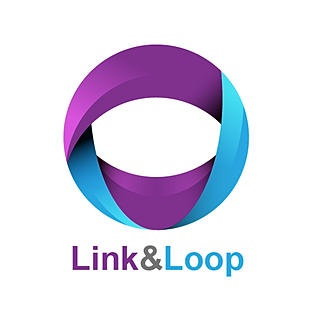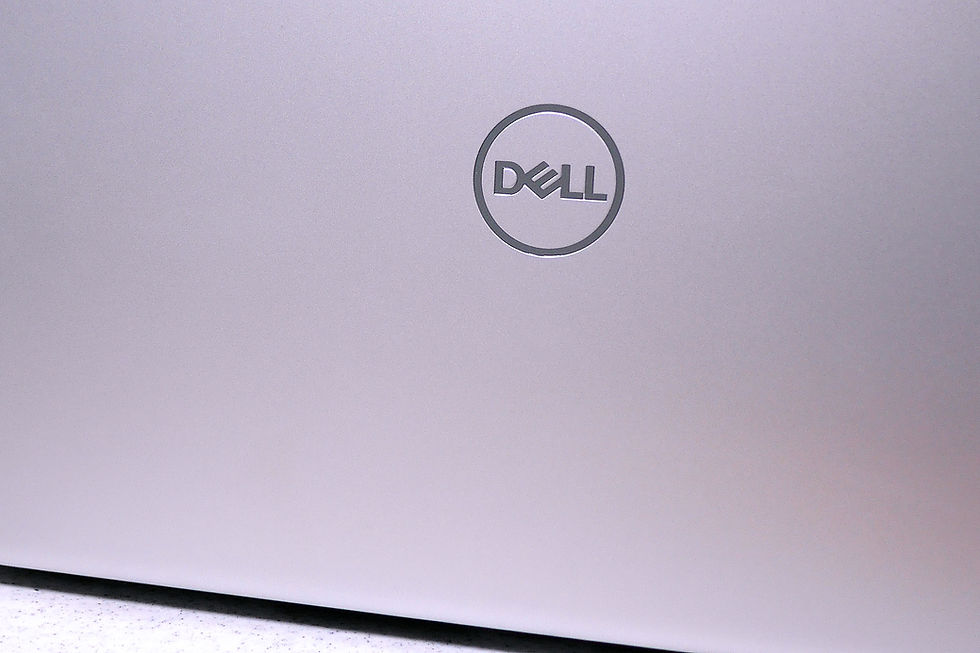Circular Economy Business Model Under EU Horizon 2020
- Link and Loop
- Jan 26, 2019
- 3 min read
Updated: Jul 1, 2020

About Carbon Trust
Carbon Trust was established by the British government in 2001, they work with enterprises around the globe developing a sustainable future. For instance, after The Paris Agreement was signed, they provided green investors with much needed information. In addition, they contribute to technology innovation, such as offshore wind power development or low-carbon markets.

Brands Concern around the Circular Economy
Resource risk: It is undeniable that prices rise with the increase of raw material price and demand. For some corporations, what is worrying is not the increased cost but whether they are able to obtain those indispensable resources.
Regulations: Not only company specific regulations but also country regulations can affect the development of a company. Recently, an important trend is that plastic waste is banned from being exported. From 2012 to 2016, 65% of plastic wastes were exported to China from England; but now, it is not permitted anymore. That creates a new pressure to disposal companies, British government, brand companies and retailers.
Waste problems: In the past 65 years, waste has reached 83 trillion tons globally. Only 9% has been recycled - this is a serious problem. Climate change, an increase in population and change of lifestyle are all challenges we need to tackle. Under these circumstances, usage of resource has to be disconnected from economic growth and so to the relationship between economic growth and impact on the environment. Fundamentally, the current linear economy development model has to be transformed into a circular one.
Horizon 2020 and R2Pi
The R2Pi Project (http://www.r2piproject.eu/) under the Horizon 2020 umbrella, is a program to assist enterprises in promoting a circular economy. The service is divided into four parts. It begins with a diagnosis of enterprises’ business patterns. Opportunities and risks are analyzed to help corporations know the possible risks of their current operations within their original model and how they can innovate to avoid those risks. The next step is the design and innovation of a new business model. Based on this work pilot projects are proposed. Third, the process is client focused; developing value proposition design by gathering clients and working together. The last part is partnership. It is crucial to expand the collaboration relationship to the whole system in order to create a resilient ecosystem by including local authorities, NGOs, suppliers and so on.
The Circular Economy Business Model
R2Pi Project creates a framework, which highlights the value of circular economy, starting from design related to products to production lifecycle. When the circular economy is mentioned, we usually think about recycling and reusing the materials right away. However, besides production, phases of usage and disposal after use are also important. The products that cannot be reused in production can become byproducts and be used in other industries. Some can be manufactured into new products with warranty for sales. For example, Cat Reman takes back their components to remanufacture new products.
Companies have to think holistically in order to accomplish circular economy. Fifteen years ago, Braiform (the second largest hanger supplier) used to be simply responsible for the manufacturing of hangers whilst sales were done by retailers. Consumers then disposed the used hangers by simply casting them into rubbish bins. Switching their model, they started providing a service. Rather than disposing of the hangers, they recycled them for other usage. Due to their change in business patterns, over 1 million used hangers were recycled last year. Clothing brands such as Inditex and ZARA also do raw materials recycling. They collect the organic cotton from disposed cloths and produce fibers for new use. In addition, they collect many second-handed clothes for donation to charities.
Concluding Points:
- Circular economy business model innovation improves the environment and economic performance.
- The supply side can work together to close the loop on multiple kinds of waste, a circular economy is more about cooperation than competition.
- The circular economy is not just recycling; sharing, repairing, and manufacturing can unlock hidden benefits.
*This is speech summary from the Link and Loop Conference which was edited and compiled by the Link and Loop team. It was written and reported with the best available knowledge from the talk. There may be information discrepancies. Please contact the speaker for clarifications.




Comments